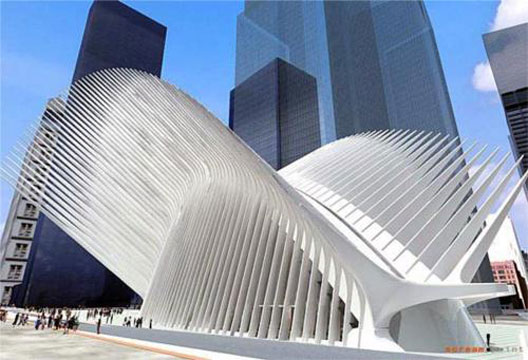So this past week there were a number of fires and closings of stations within the DC Metro system. While the fires and the maintenance issues that caused them (and many more during the previous years) are one issue, the greater issue at hand is that these incidents completely incapacitated the Red and Orange lines. On a system with three major corridors downtown serviced by 5 lines, the loss of two (one of which runs alone on its corridor) is tantamount to a 50% loss of service. This is unacceptable in the 21st century, and especially in the Nation’s Capitol, where a 30 mile commute can take 2 hours by car.
On Sunday, The Washington Post ran an article identifying the double track system as the achilles heel in the Washington Metro. I have to agree with them. One of the greatest strengths of the NYC subway is that it can divert around stations and segments of tracks which are under repair or out of service. With the current system if a single track is out of service all trains must share a single track to bypass the problem. If both tracks are incapacitated by jumper or a fire than the whole system shuts down.
The problem with this article is that it gives no suggestions on how to improve the system besides creating a dedicated source of funding. In addition, while I am a proponent of increasing the capacity and coverage of the Metro system I worry that continued expansion without a remedy of the double track system will just lead to a rail analogous of the beltway and poor road planning in the area. It would be my suggestion that in addition to building the Dulles extension and a ring line, extra tracks should be added to all of the current lines. In an effort not to disturb stations, the two additional lines should function as bypass lanes for future express trains – they could be tunneled below the existing stations. While this seems outlandish, they are already talking about tunneling to put a line in Georgetown.
